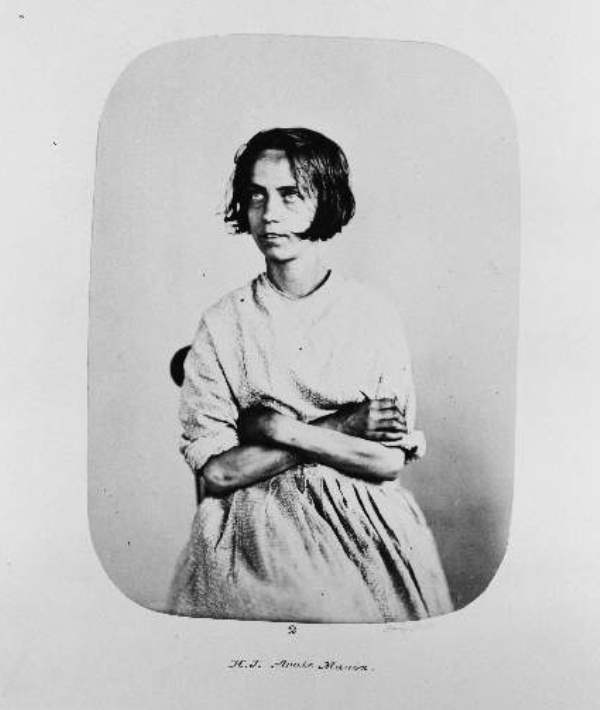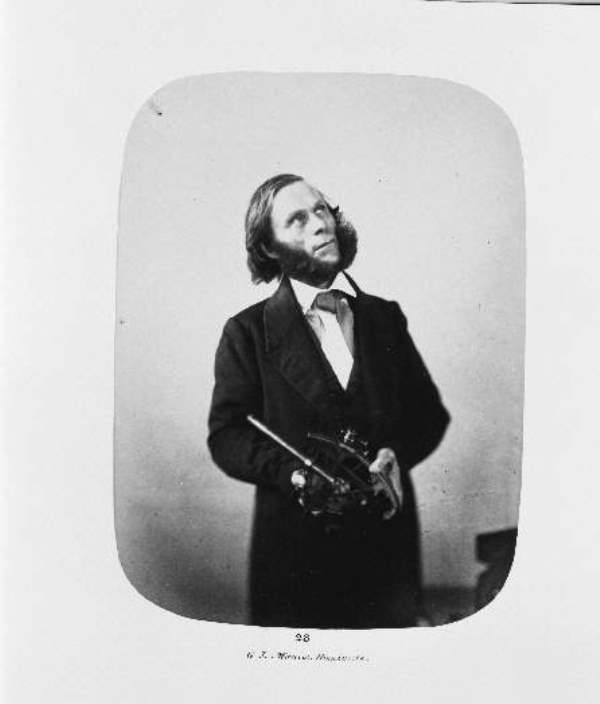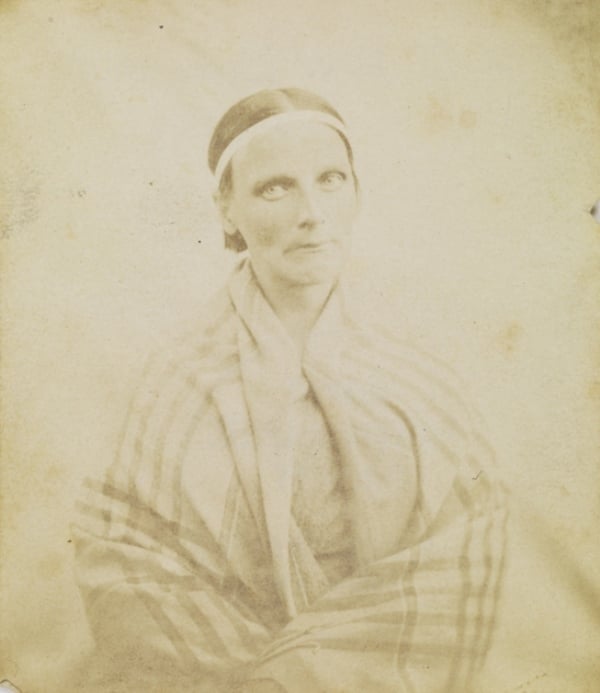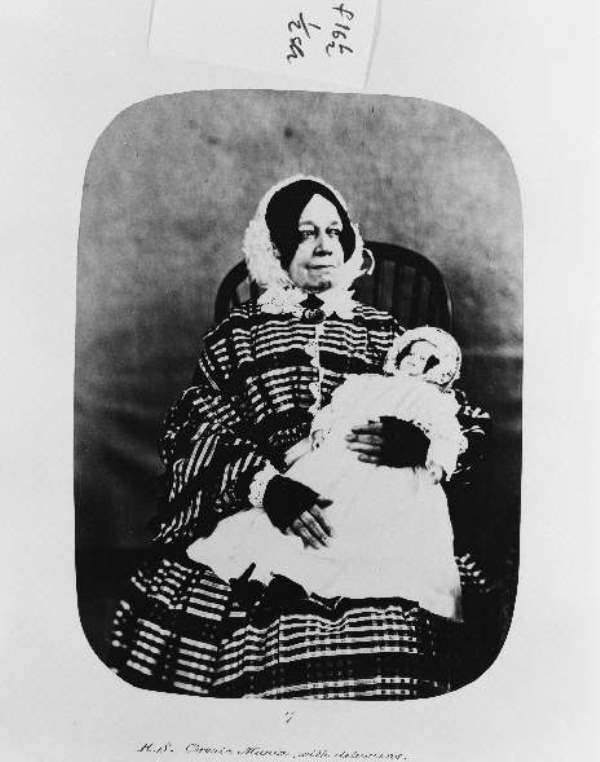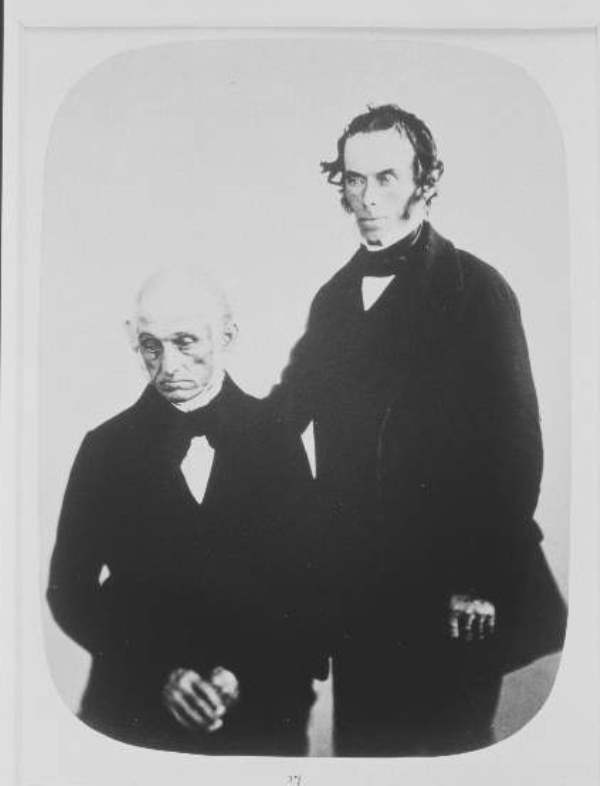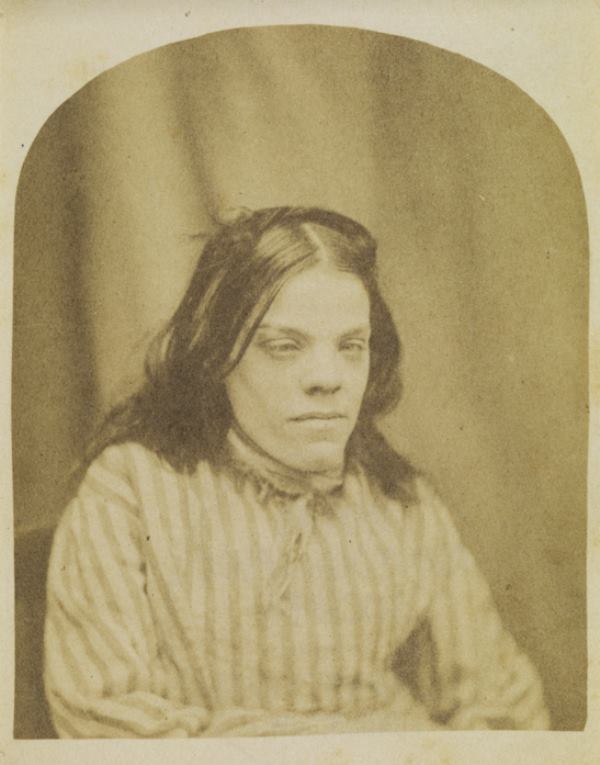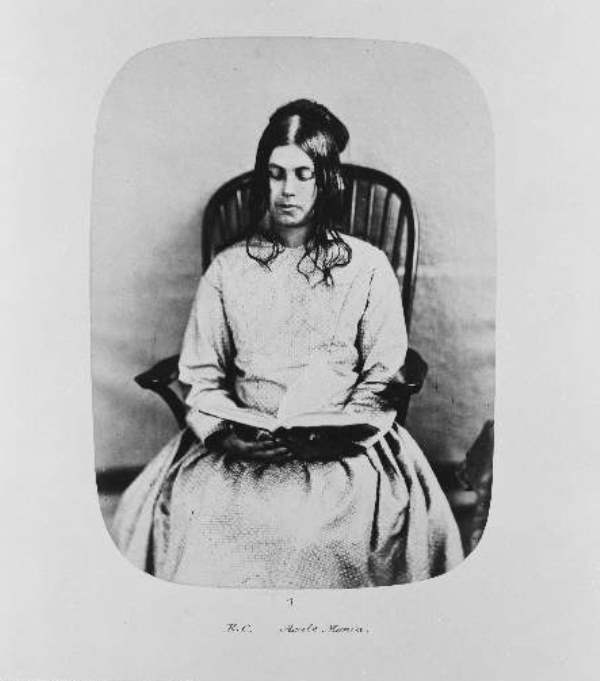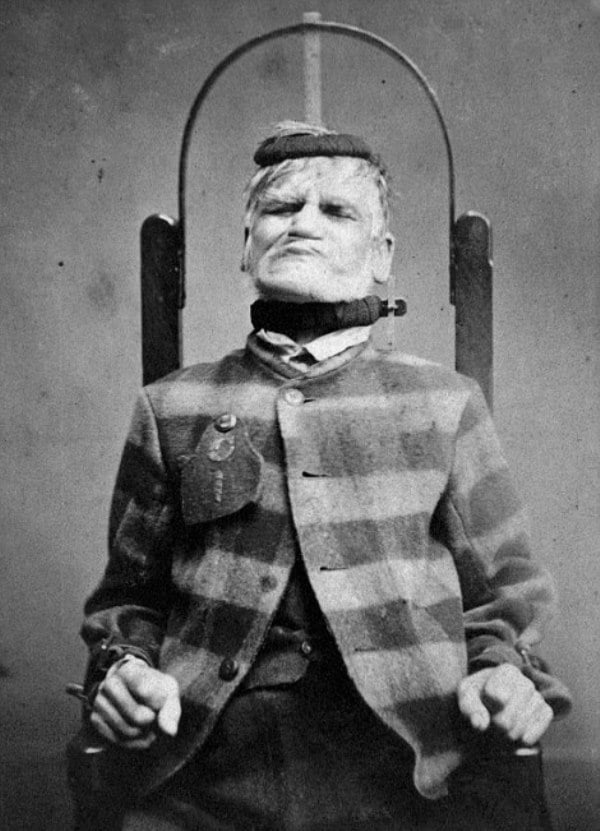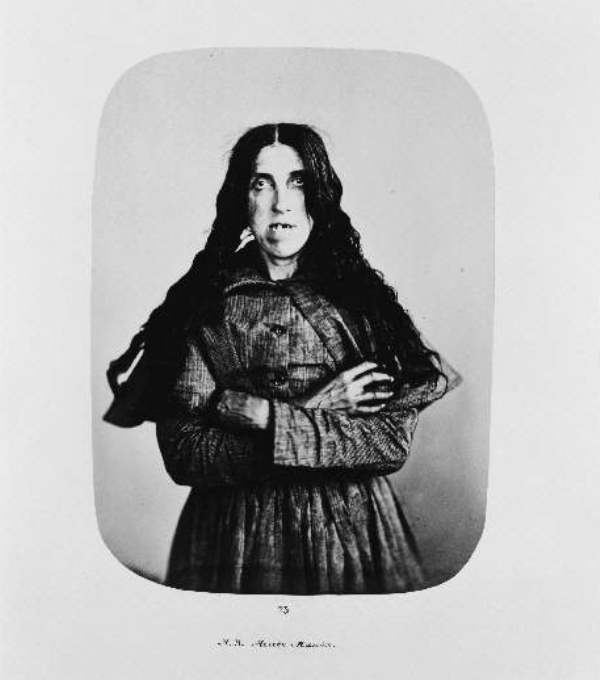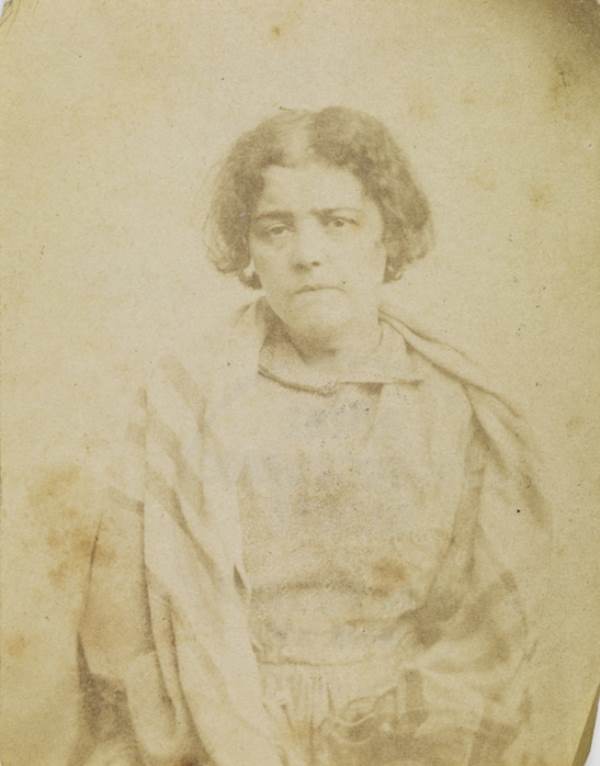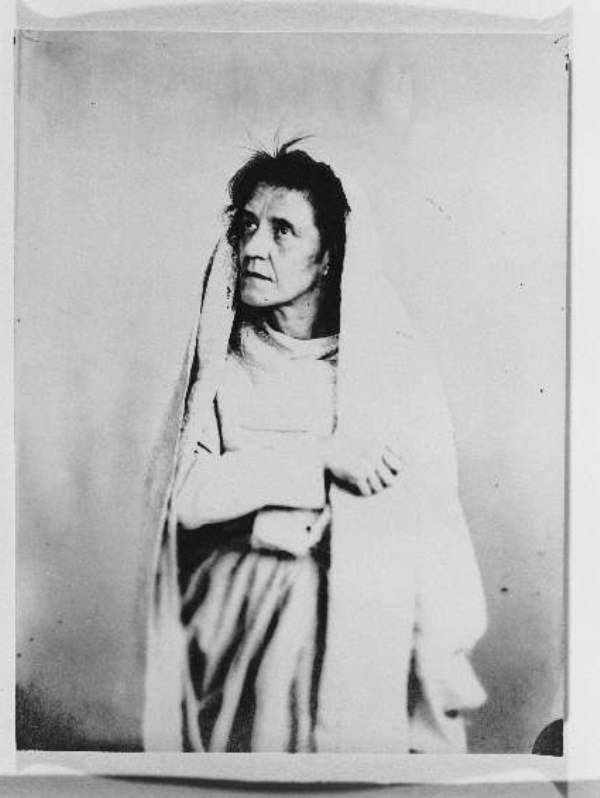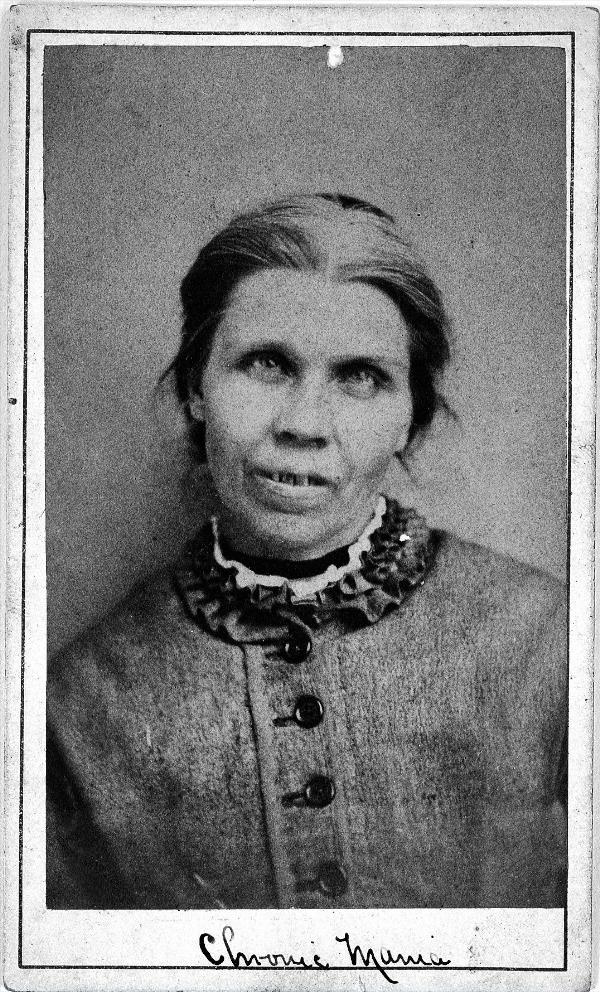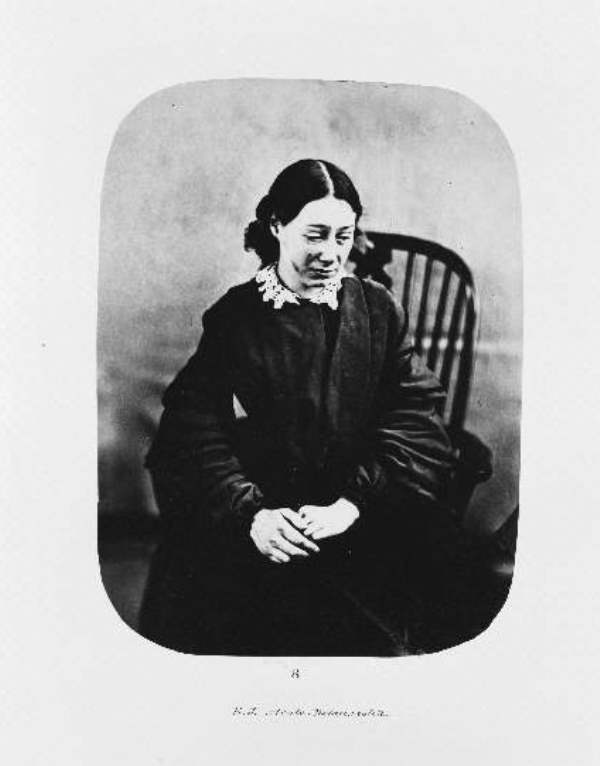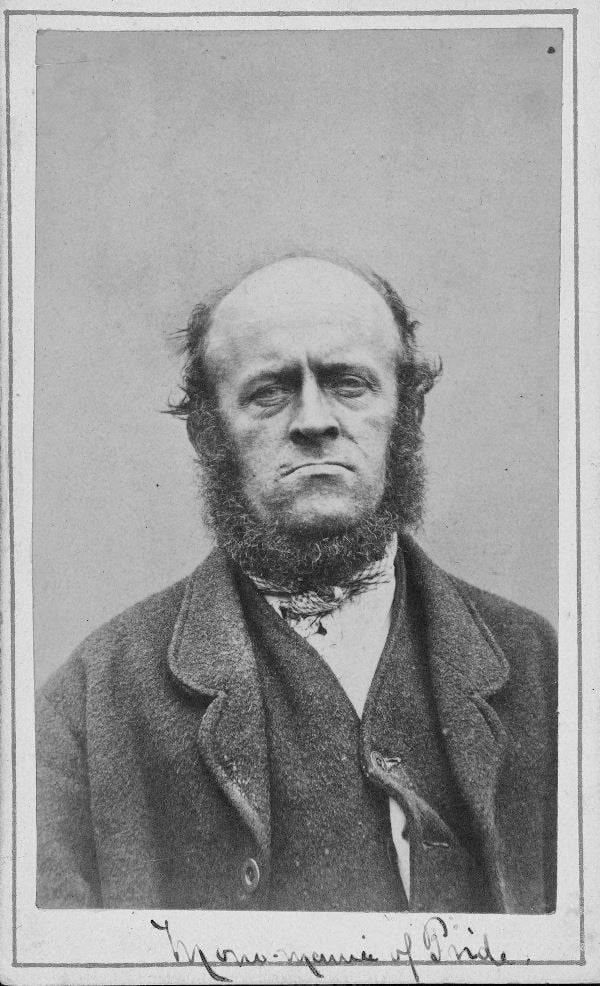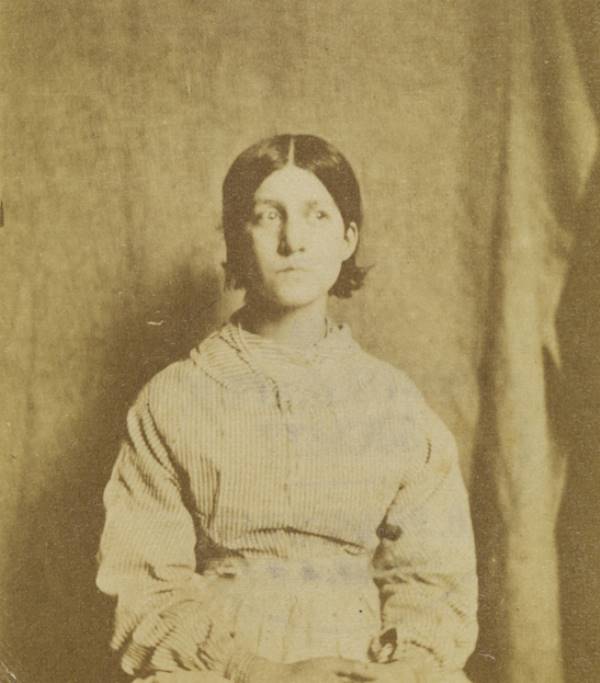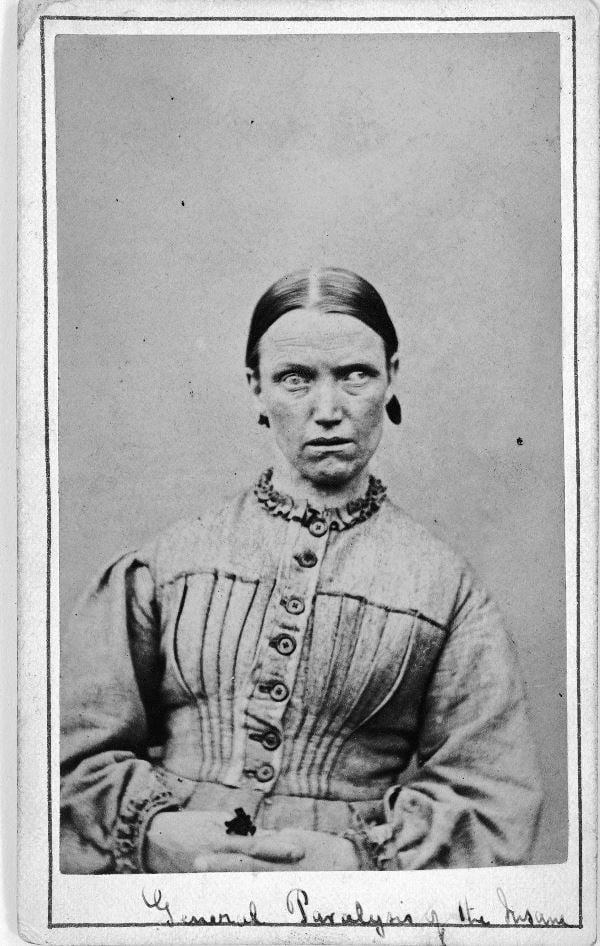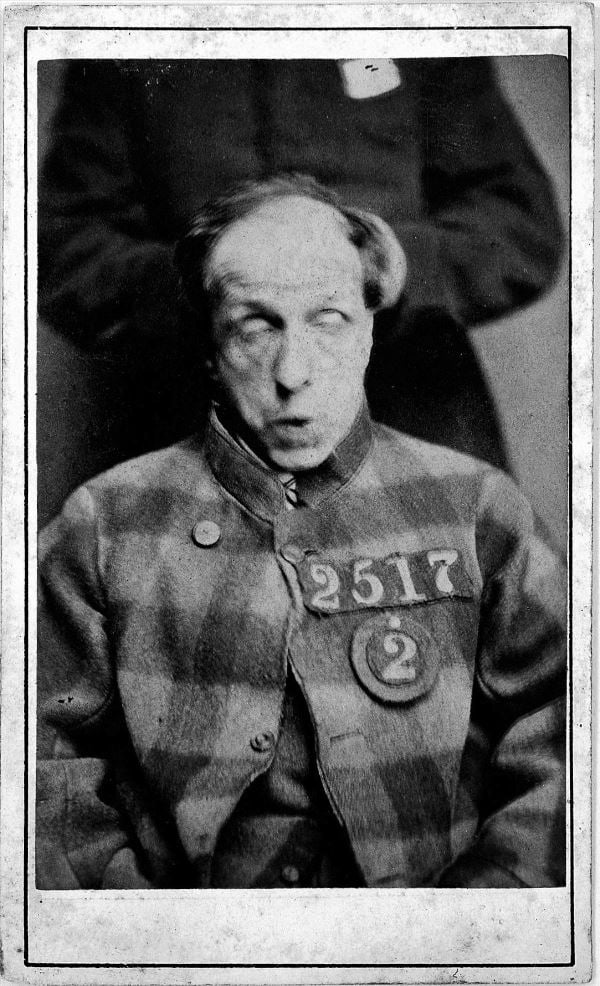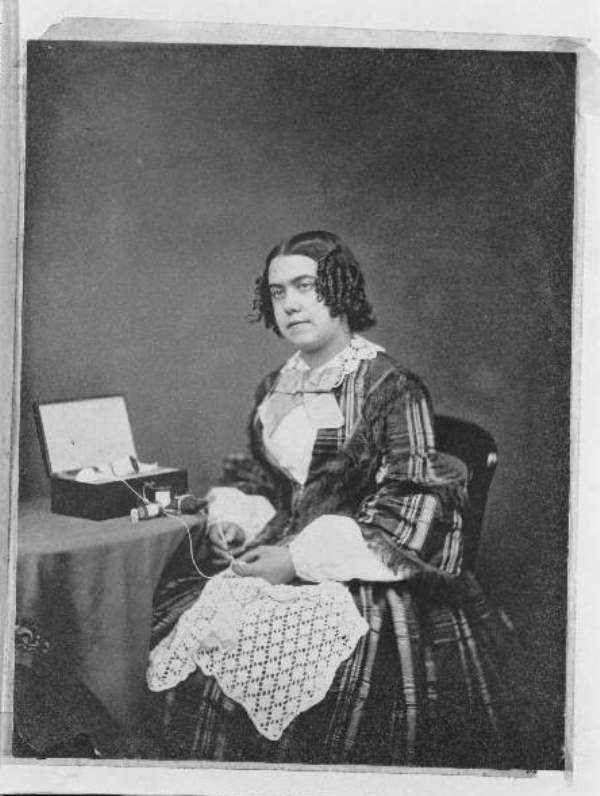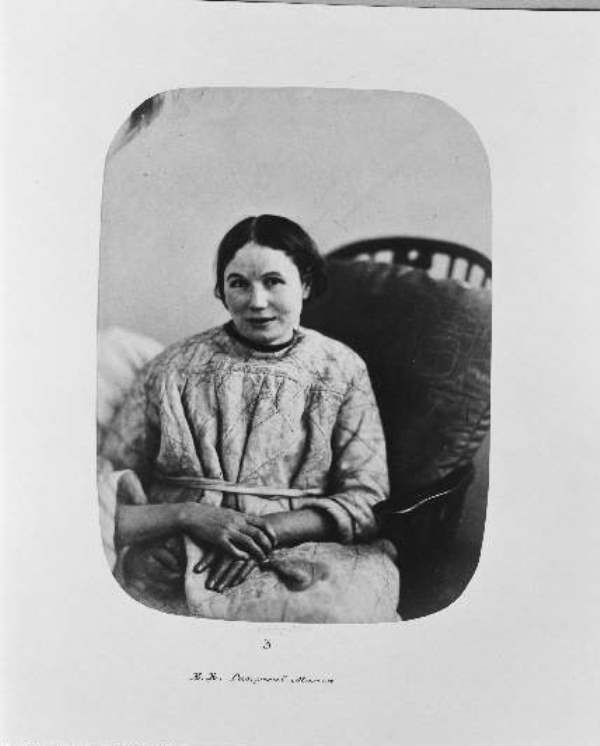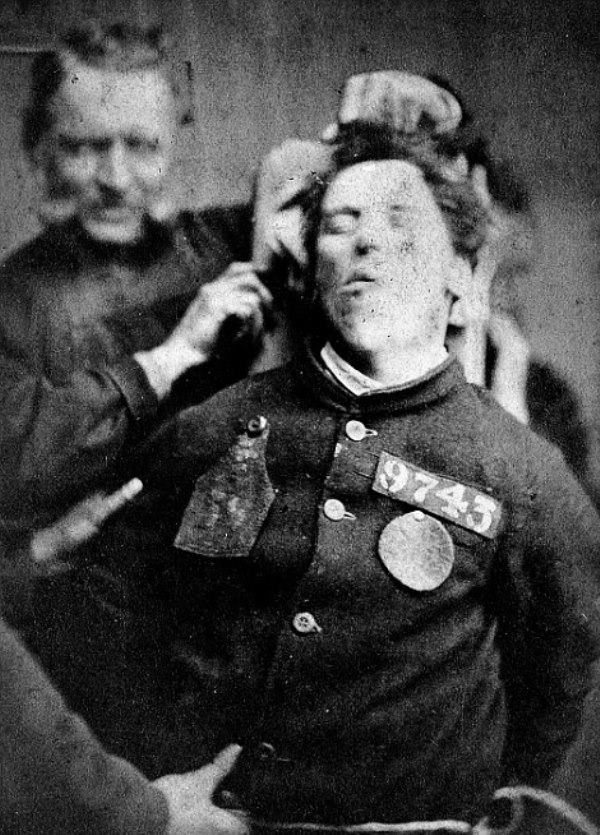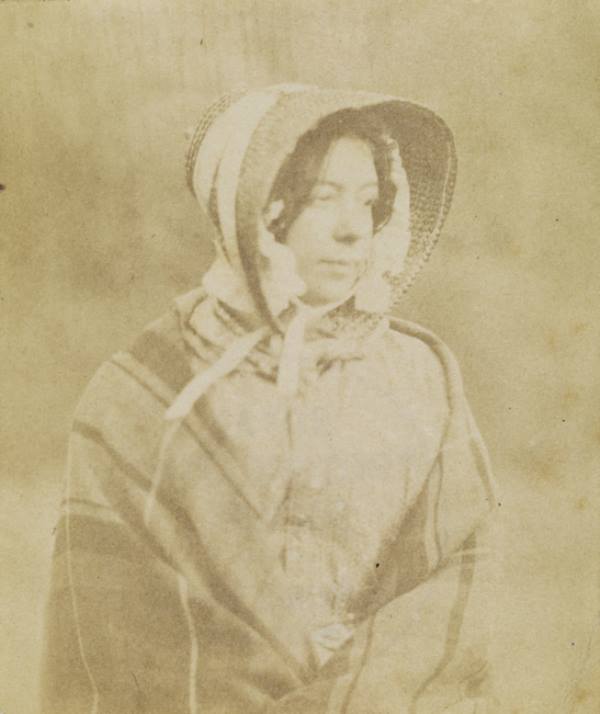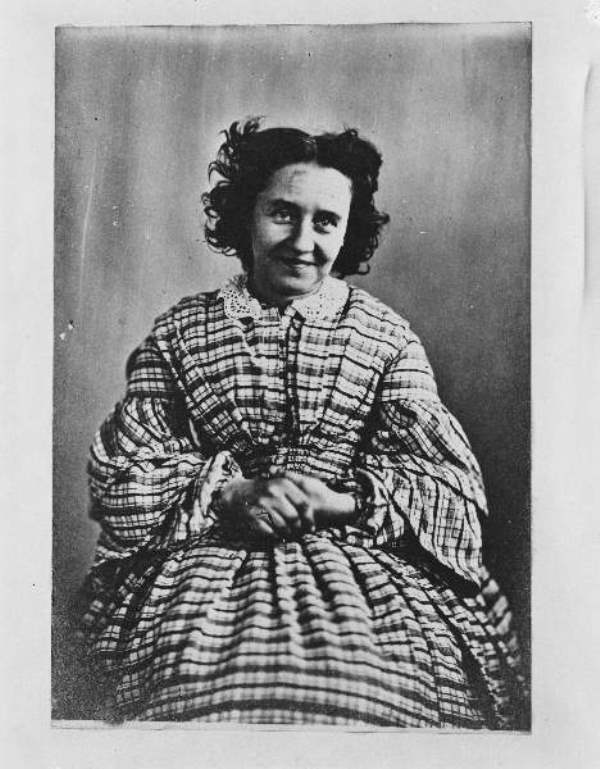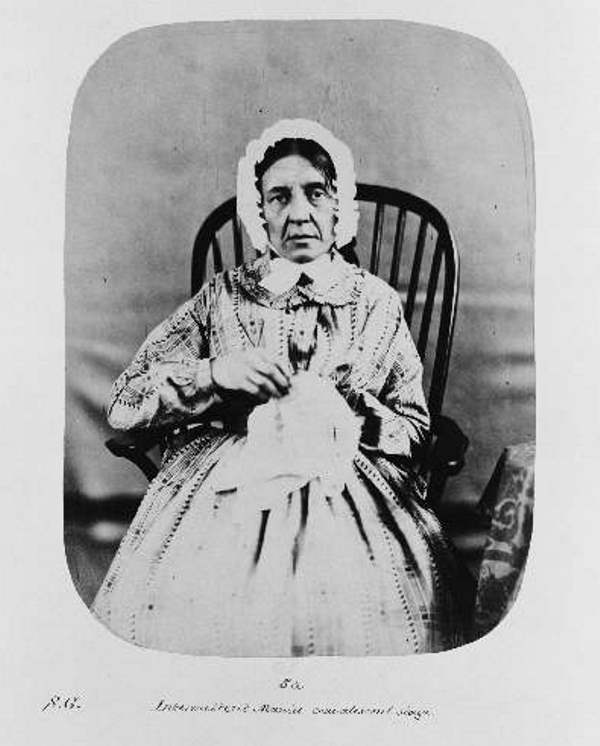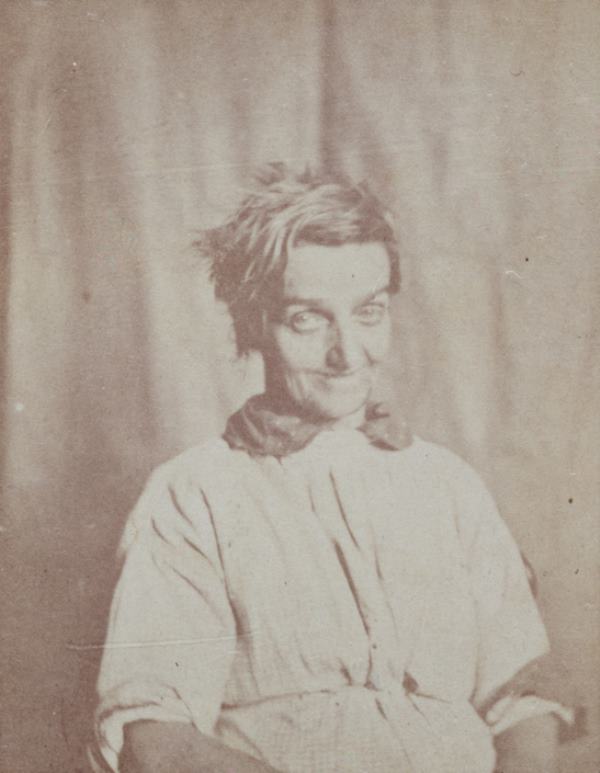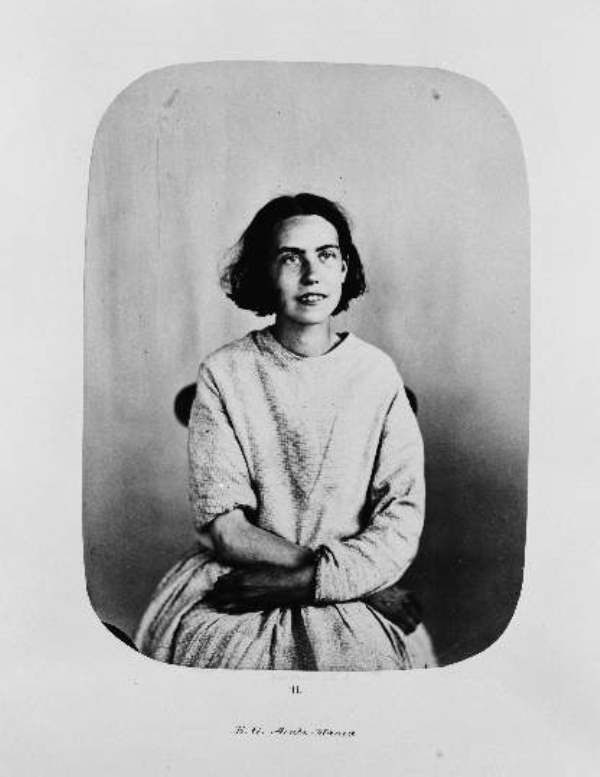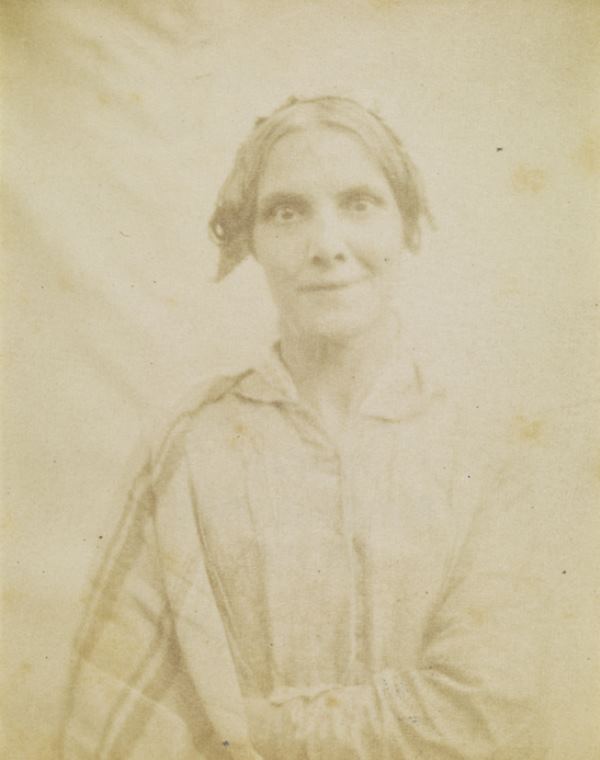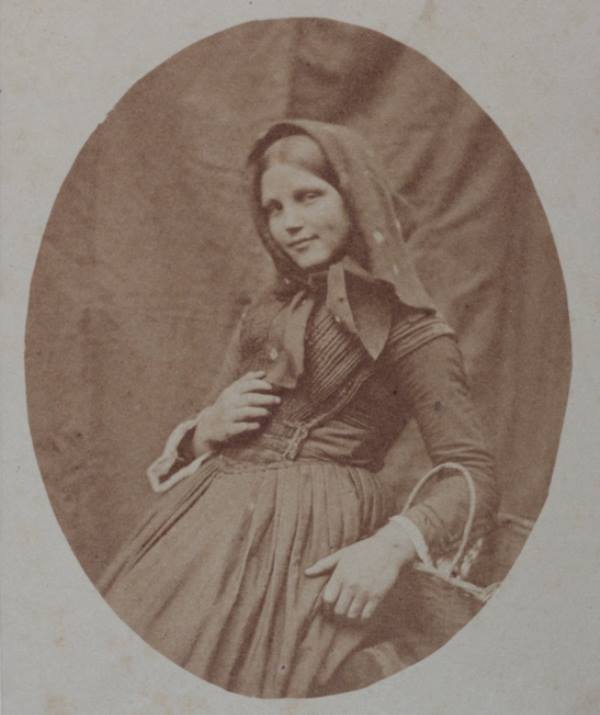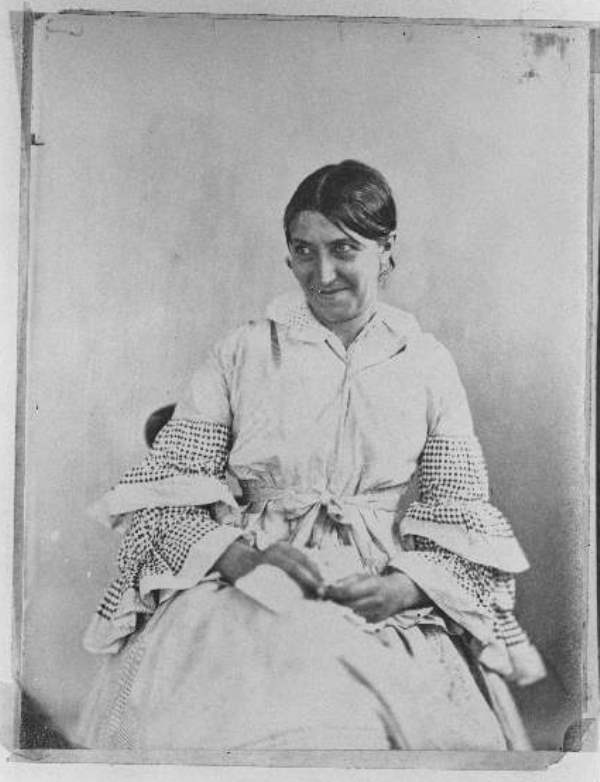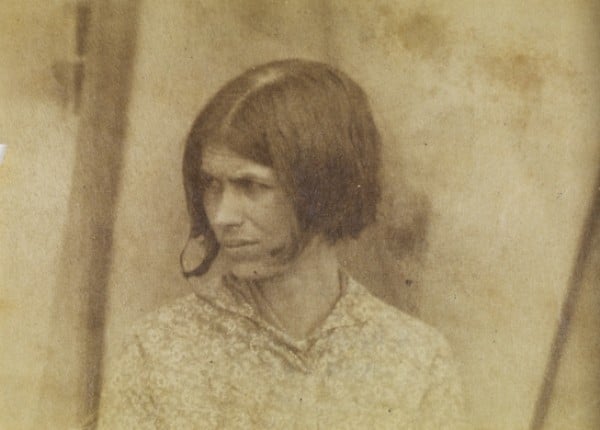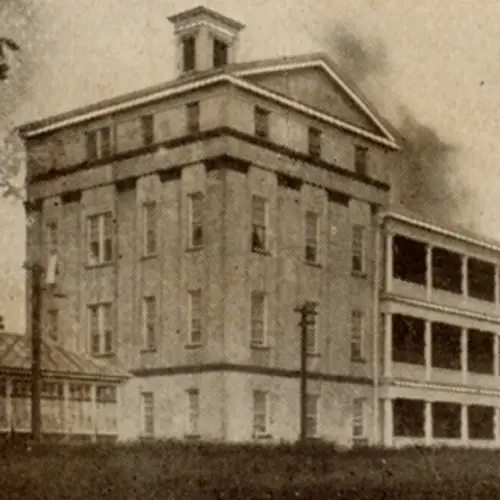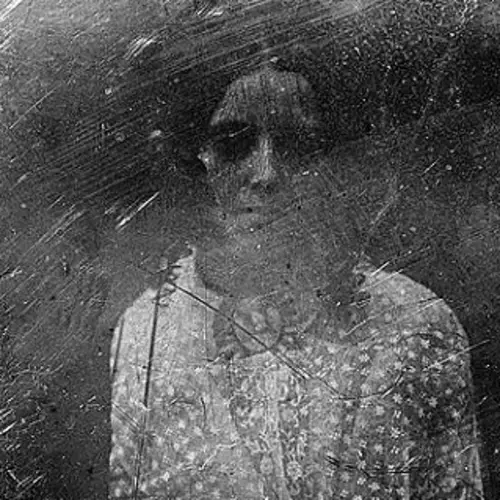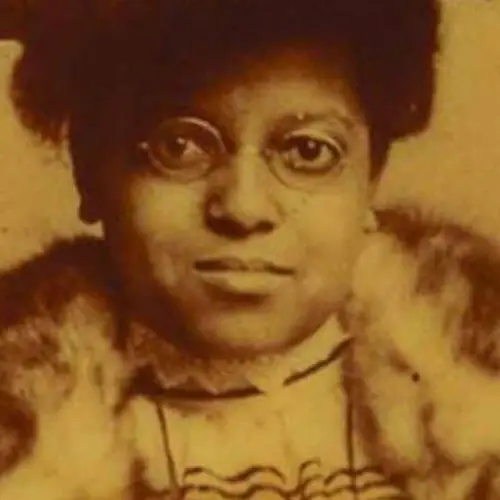1 of 37
Harriet Jordan, admitted in 1858 and diagnosed with acute mania.Museum Of The Mind
2 of 37
Captain George Johnston, admitted in 1846 with mania and charged with homicide.Museum Of The Mind
3 of 37
Asylum patient, name unknown.The National Media Museum
4 of 37
Esther Hannah Still, admitted in 1858 and diagnosed with chronic mania with delusions.Museum Of The Mind
5 of 37
John Bailey and his son Thomas Bailey, both admitted in 1858 with acute melancholia.
6 of 37
Asylum patient, name unknown.The National Media Museum
7 of 37
Eliza Camplin, admitted in 1857 and diagnosed with acute mania.Museum Of The Mind
8 of 37
William Thomas Green, admitted in 1857 and diagnosed with acute mania.Museum Of The Mind
9 of 37
A criminal inmate at West Riding Asylum is restrained while photographed.Europeana Collections
10 of 37
Unidentified female patient diagnosed with acute mania.Museum Of The Mind
11 of 37
Unidentified female patient admitted with chronic mania.The National Media Museum
12 of 37
Eliza Camplin, admitted in 1857 and diagnosed with acute mania.Museum Of The Mind
13 of 37
Asylum patient, name unknown.The National Media Museum
14 of 37
Asylum patient, name unknown.Museum Of The Mind
15 of 37
Unidentified woman admitted to West Riding Asylum with chronic mania.Europeana Collections
16 of 37
Eliza Josolyne, admitted 1856 and diagnosed with acute melancholia.Museum Of The Mind
17 of 37
Eliza Josolyne, photographed again in 1857 in convalescence.Museum Of The Mind
18 of 37
A patient at West Riding Asylum diagnosed with "mono-mania of pride," a condition where an otherwise sane patient suffered from partial insanity due to a singular pathological occupation.Europeana Collections
19 of 37
Asylum patient, name unknown.The National Media Museum
20 of 37
Unidentified female patient admitted to West Riding Asylum with general paralysis.Europeana Collection
21 of 37
Asylum patient, name unknown.The National Media Museum
22 of 37
A criminal prisoner housed at West Riding Asylum is held up by a guard.Europeana Collections
23 of 37
Unidentified female patient admitted to West Riding Asylum in 1858 with acute mania.Europeana Collection
24 of 37
Asylum patient, name unknown.The National Media Museum
25 of 37
Asylum patient, name unknown.Museum Of The Mind
26 of 37
Asylum patient, name unknown.Europeana Collections
27 of 37
Asylum patient, name unknown.Museum Of The Mind
28 of 37
Asylum patient, name unknown.The National Media Museum
29 of 37
Museum Of The Mind
30 of 37
Fanny Barrett, admitted in 1858 and diagnosed with intermittent mania.Museum Of The Mind
31 of 37
Asylum patient, name unknown.The National Media Museum
32 of 37
Eliza Griffin, admitted in 1855 and diagnosed with acute mania.Museum Of The Mind
33 of 37
Asylum patient, name unknown.The National Media Museum
34 of 37
Asylum patient, name unknown.The National Media Museum
35 of 37
Asylum patient, name unknown.Europeana Collection
36 of 37
Asylum patient, name unknown.The National Media Museum
37 of 37
Like this gallery?
Share it:
